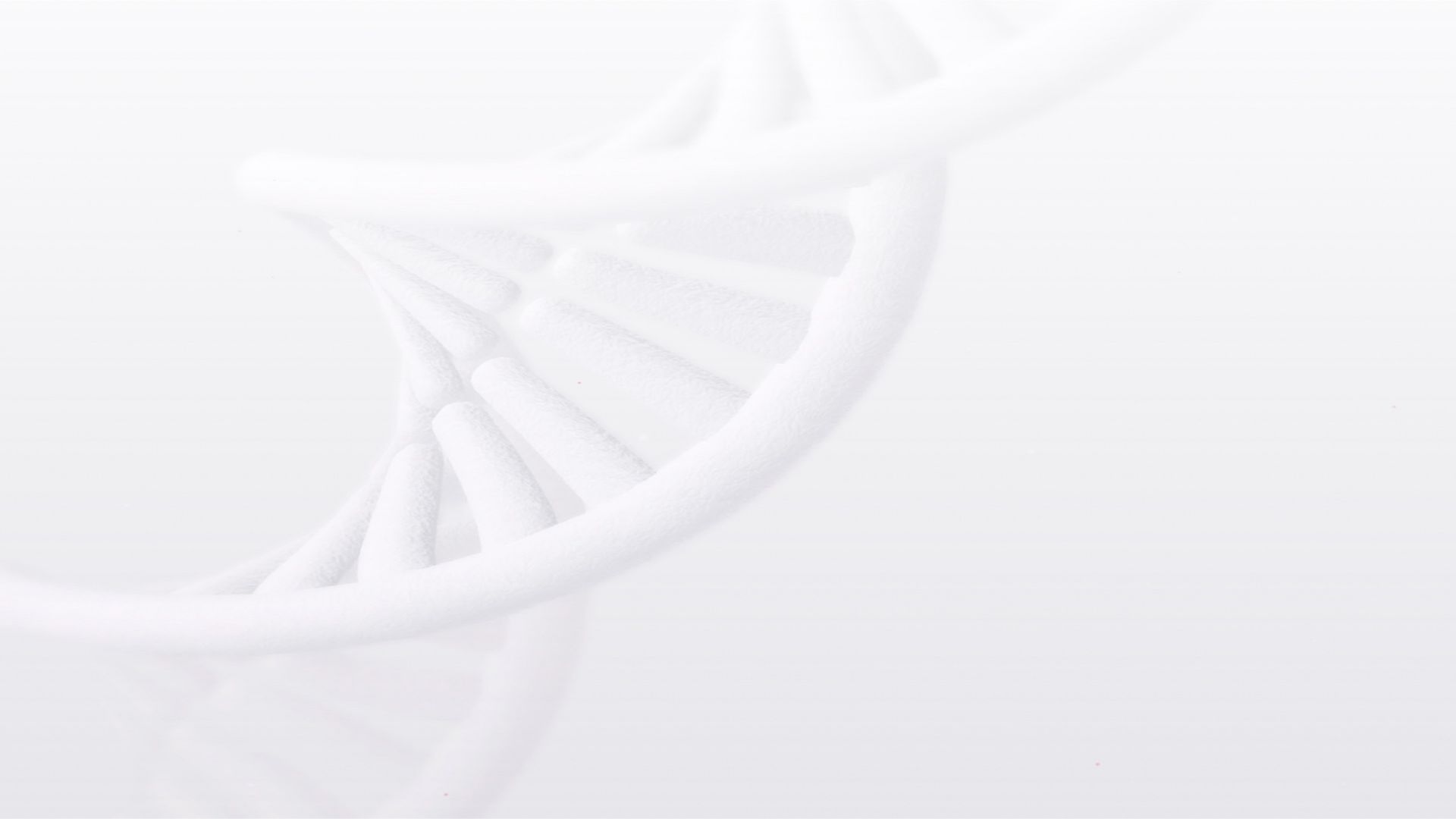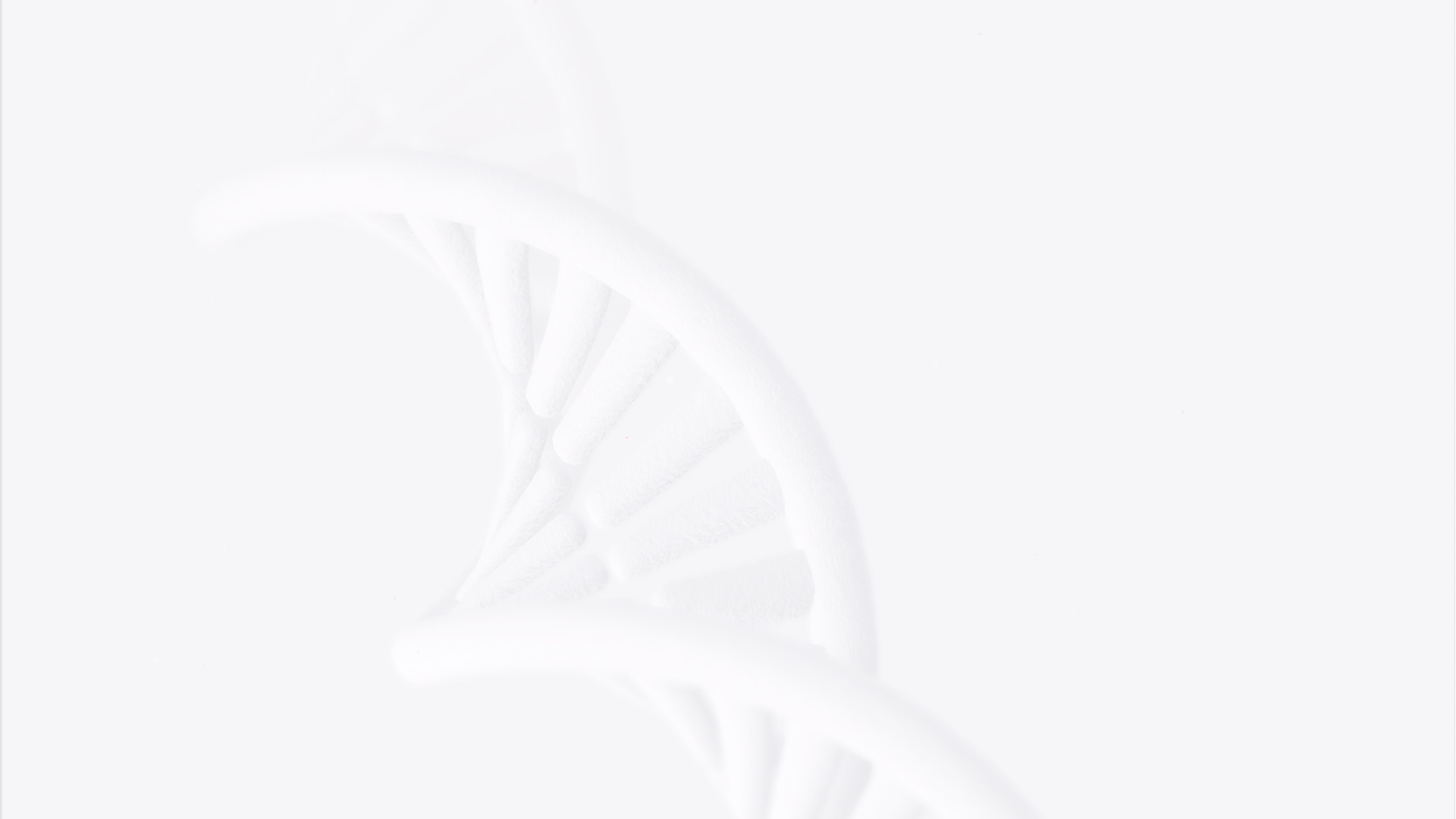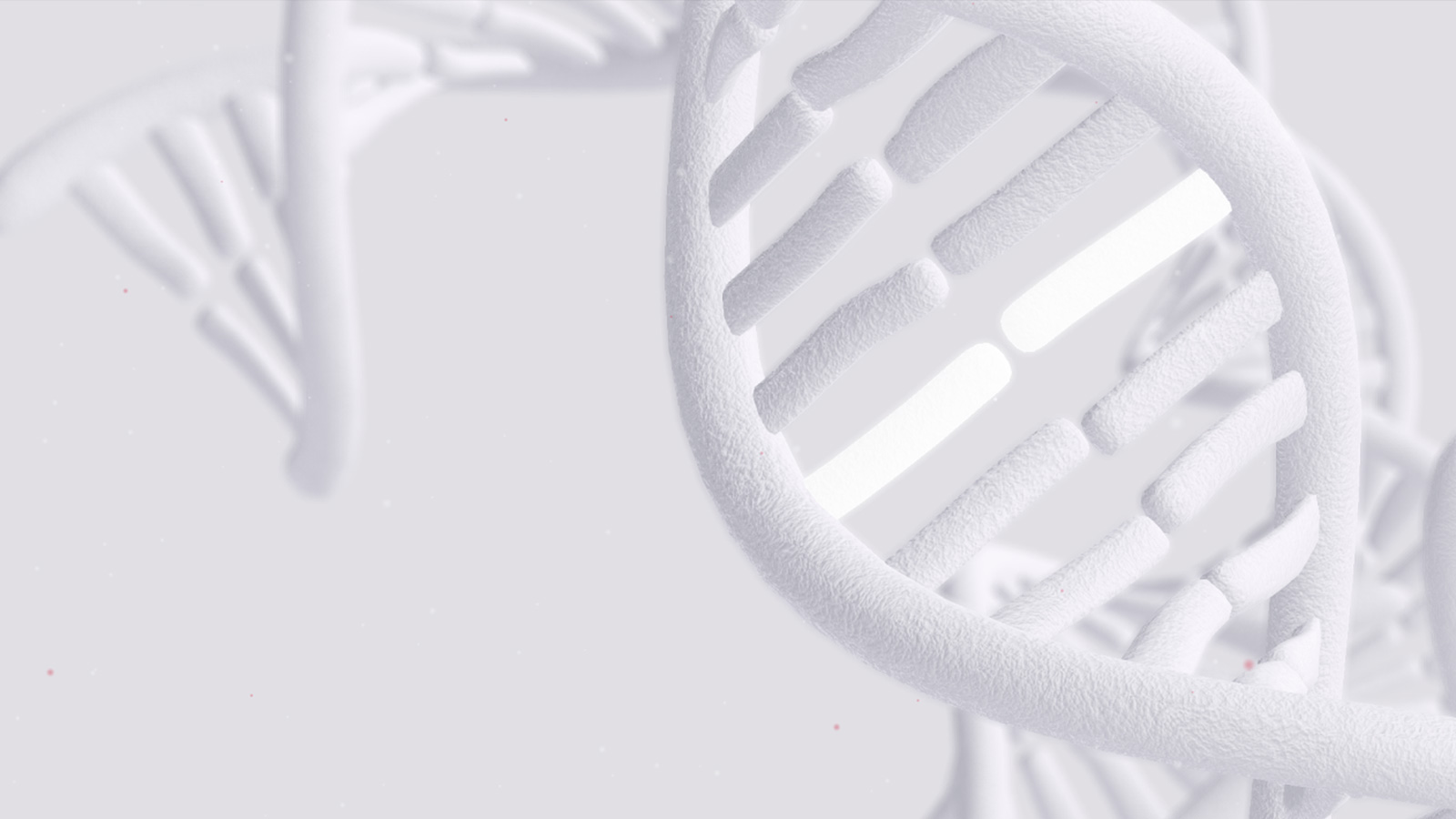The CENTOGENE Biodatabank:
the world’s largest real-world data repository for rare and neurodegenerative diseases
Since 2006, CENTOGENE has helped physicians diagnose thousands of rare disease patients around the world. A quick and accurate diagnosis can end an odyssey of medical tests and visits to multiple medical specialists. It also helps physicians better manage patient treatment. We use biological samples not only to diagnose patients; To leverage the data in the CENTOGENE Biodatabank and create value from the knowledge we have amassed over the years, we are increasingly using Artificial Intelligence (AI) tools to mine our datasets to better understand disease pathways.
Biosamples
We receive most samples at our Rostock labs via CentoCard – our proprietary filter card to collect blood. Using a few dried blood spots, CentoCard simplifies sample collection. In addition, we also receive other types of materials, such as liquid blood, whole cells, and extracted DNA.
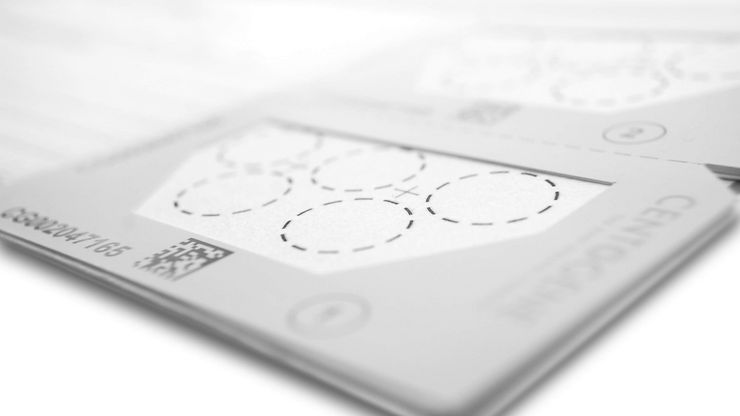
CentoCard Samples
Dried blood spot (DBS) cards can be used to collect and ship patient samples. The simplest way to ship biological samples, making genetic testing available anywhere in the world.
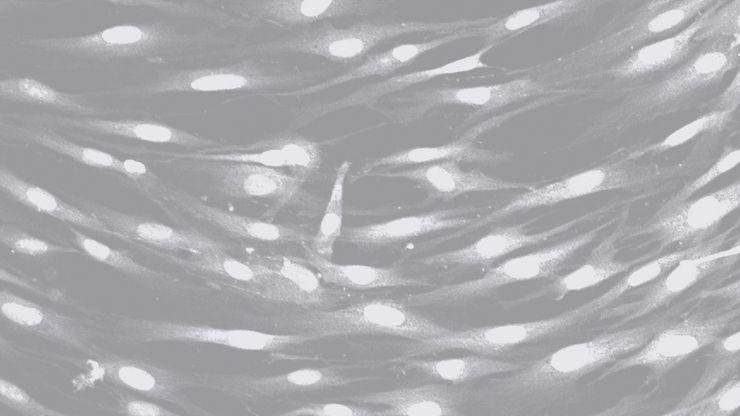
Cultured Cells
Cultured cells identify a behavioral pattern and allow for the study of different therapeutic methods – playing an essential role in the development of individualized treatments for rare disease patients.
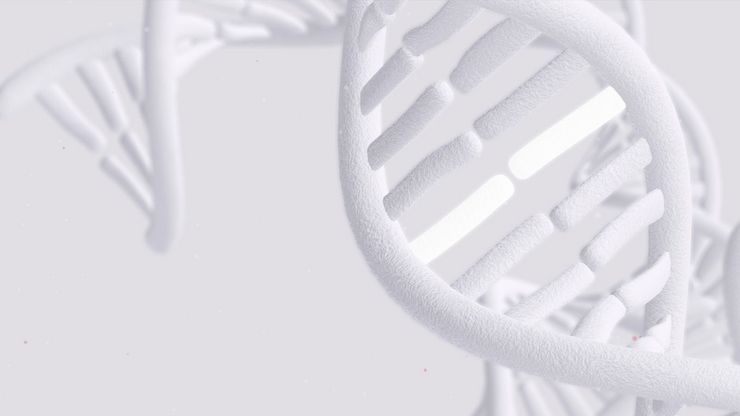
Extracted DNA
Genomics looks at the information that is encoded in the DNA. By observing how genes interact amongst each other, we can detect genetic variants related to the disease, provide patient prognosis, and evaluate response to treatment.
Multiomic Analysis
Advances in omics technologies — such as genomics, transcriptomics, proteomics, and metabolomics — are empowering personalized medicine at an extraordinarily detailed level.
Individually, these emerging technologies have contributed to medical advances that are entering clinical practice. Our patients and their families benefit from the novel insights that we generate from integrating all information: enabling a better genetic understanding, diagnostics, treatment, and improved prognosis. These generated discoveries are crucial in helping us to decipher the intricate biological architecture of the underlying pathology. All these novel findings will fuel discovery, development, and advances in translational science in rare diseases.
Phenomics
Phenomics is a complete characterization of clinical symptoms, such as morphological differences, developmental patterns, and behavioral attributes, associated with a particular gene defect. By gaining a deeper understanding of the genotype-phenotype dynamics, we are able to deliver improved diagnostic rates, as well as advance research and precision medicine.
Genomics
Genomics looks at the information that is encoded in the DNA. By observing how genes interact amongst each other, we can detect genetic variants related to the disease, provide patient prognosis, and evaluate response to treatment.
Transcriptomics
Transcriptomics focuses on the RNA, the genetic code that acts as a copy or transcript of the DNA. By analyzing the transcriptome, we are able to see the mirrored “instructions“ that have been encoded in the DNA, such as when and where a gene is functioning.
Proteomics
Proteomics investigates protein expression amounts, alterations, and interactions. By examining the protein content of a cell, we are able to identify proteins involved in pathological processes and to better understand how diseases can lead to altered protein expression.
Metabolomics
Metabolomics examines thousands of small metabolites, which are chemical substances that the metabolism produces. Metabolites include fatty molecules, amino acids, carbohydrates, and other products of cellular metabolic functions. By analysis the metabolites, we can evaluate conditions which may not be assessed on genome, transcriptome, and proteome level. For example, the dynamic development of disease as well as different manifestations.
Data Capture
- > 650,000 patient samples
- > 400,000 biosamples
- ~ 2,500 diseases diagnosed
- ~ 100 diseases > 100 patients
- ~ 300 rare diseases ≥ 20 patients
Data Processing
- Patient data standardized
- Social economic
- Clinical data
- Geo footfall ~ 120 countries
- Phenotypes mild – severe
- Index, familial, carriers, health
Disease Avatars
-
Exploit and growing omics capabilities, genomics, transcriptomics, proteomics, metabolomics
-
Identify, characterize and quantify biomolecules involved in structure, functions, dynamics of cells
Data Bioinformatics
- CentoMD mutation database > 31 million variants
Tailored Artificial Intelligence (AI) & Machine Learning (ML) Technology
Automation & Efficiency
We leverage AI/ML to enhance the way we deal with patient sample. In doing so, we are able to transform that way we do variant prioritization, patient information extraction, data enrichment, and report automation.
Insight Generation
We are committed to turning data into insights to drive orphan drug discovery and development. We leverage A/ and ML for the identification of biomarkers & drug target candidates, analysis of high-dimensional multiomics data, and generation of knowledge graphs for pathway enrichment and disease understanding.
Diagnose.
CENTOGENE’s Clinical Dx footprint reaches far beyond its German roots. Having diagnosed over 2,500 rare diseases across 120 countries alongside a network of over 29,000 physicians, the Company is the indisputable partner for rare disease diagnostics.
Understand.
Over the past 15+ years, CENTOGENE has generated data-driven insights based on its Dx business. By performing in-house research to understand the genetic causes of rare diseases, the Company has discovered unique links between metabolic and neurological diseases.
Treat.
CENTOGENE has over 45 active collaborations with biotech/biopharma partners around the world. We are currently aggressively pursuing three priority diseases – Gaucher disease, Niemann-Pick Type C, and genetic Parkinson’s, while simultaneously creating a multiomic pool of data to drive to exponentially unlock the links between diseases to accelerate cures.
